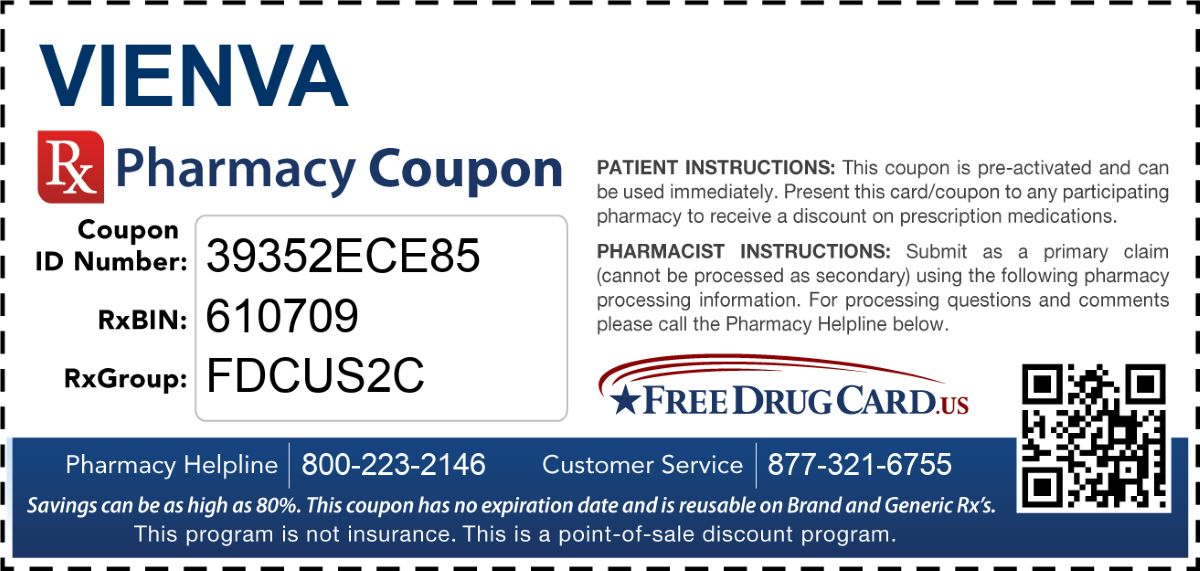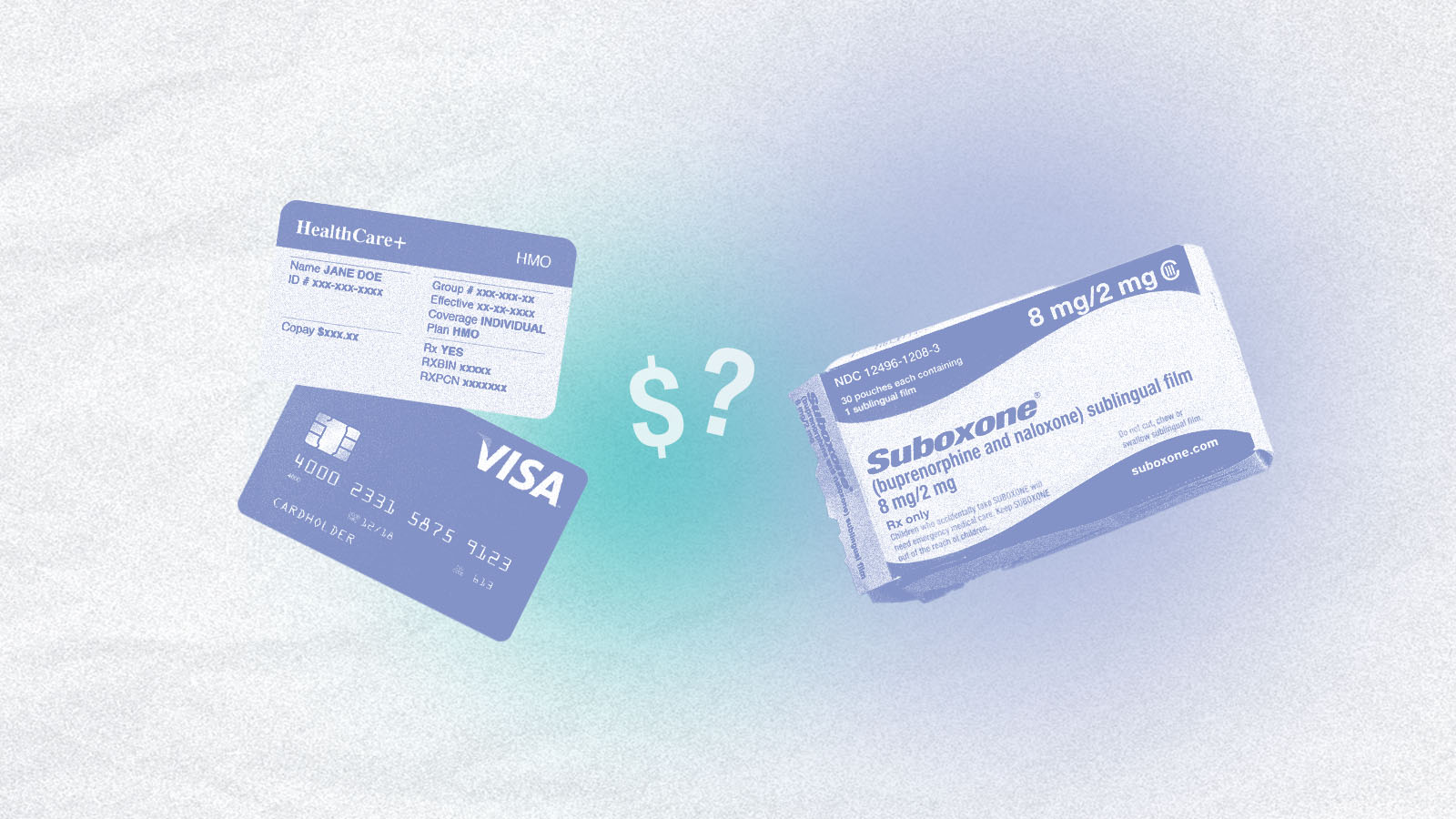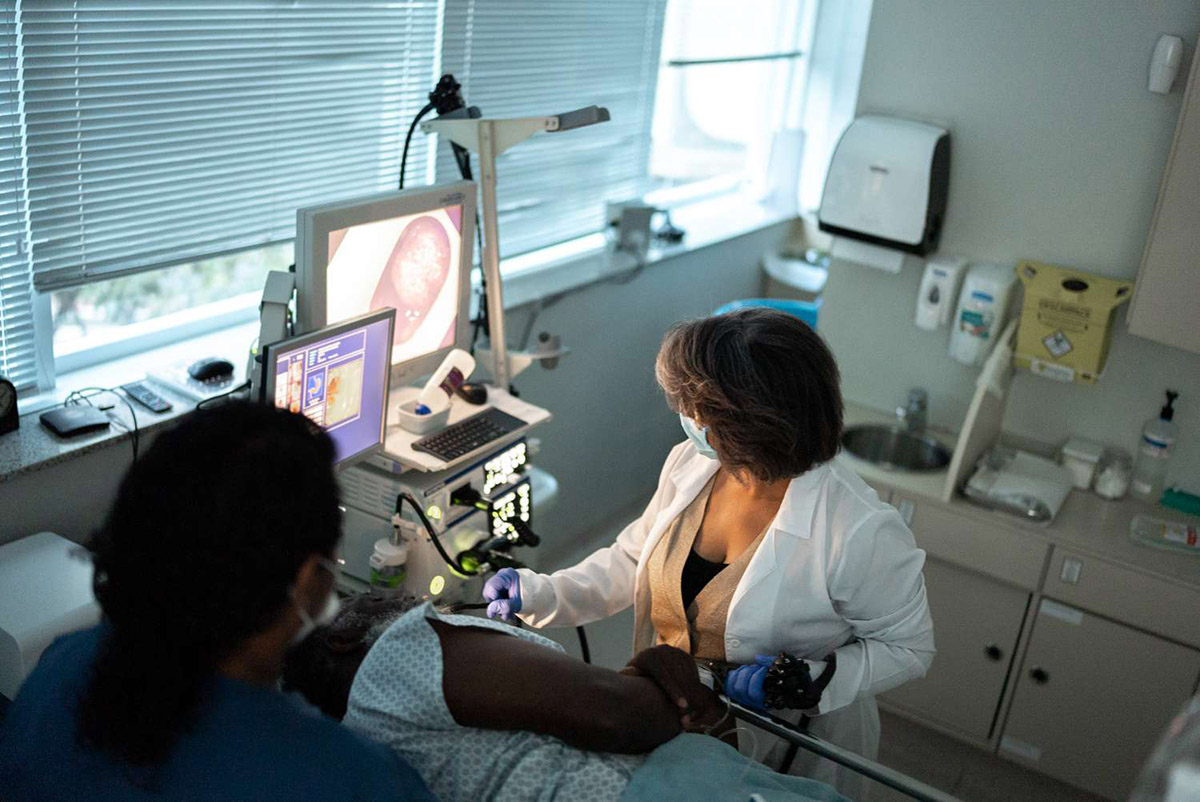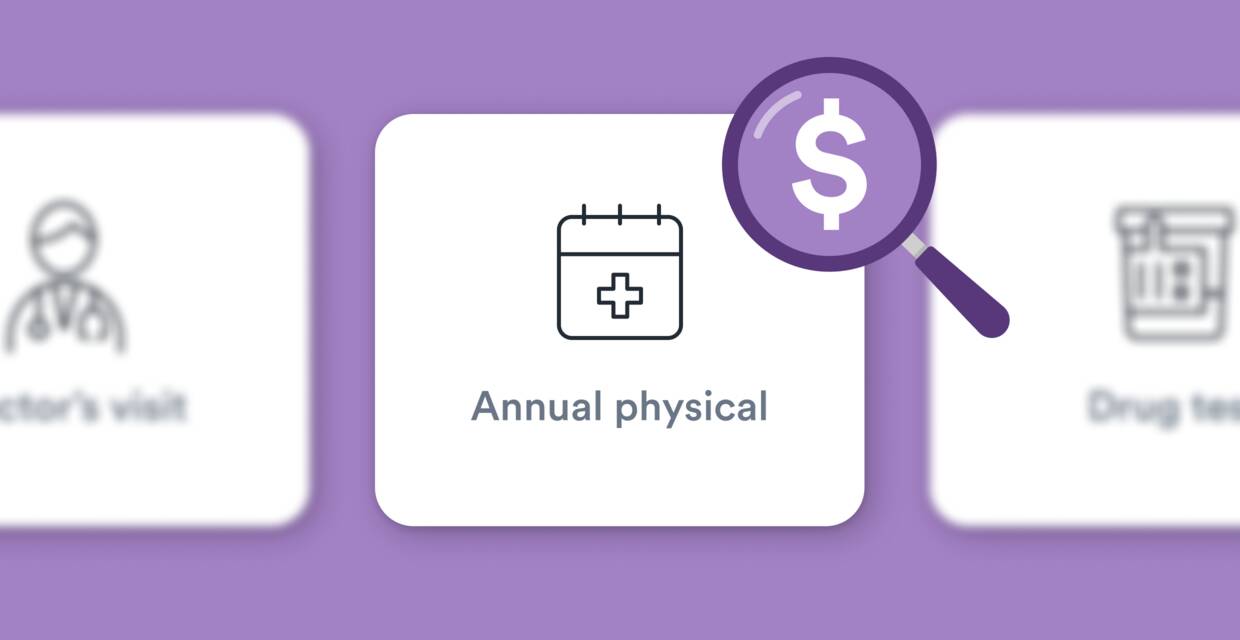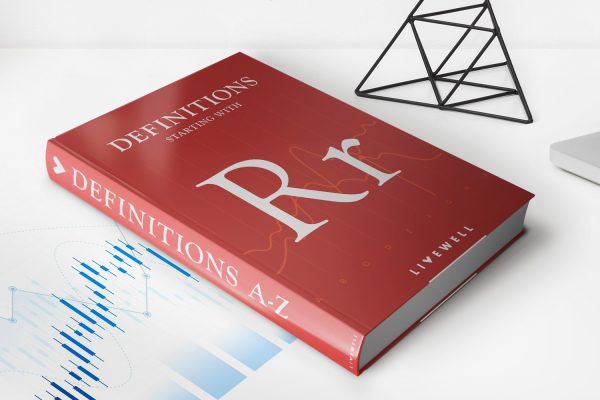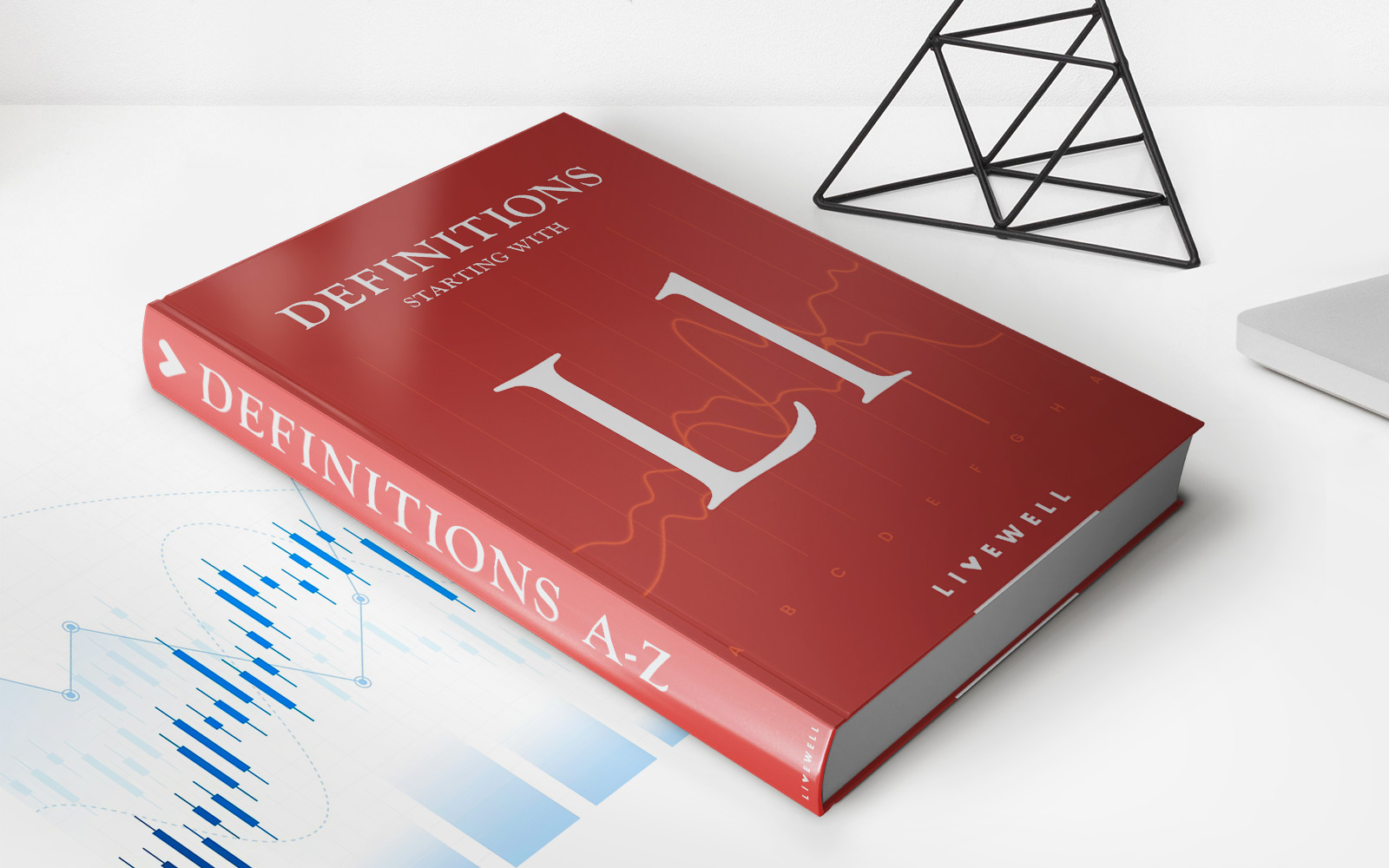

Finance
How Much Is Zoloft Without Insurance?
Published: November 18, 2023
Find out the cost of Zoloft without insurance and save on your finances. Discover affordable options for getting the medication you need.
(Many of the links in this article redirect to a specific reviewed product. Your purchase of these products through affiliate links helps to generate commission for LiveWell, at no extra cost. Learn more)
Table of Contents
Introduction
If you’re someone who is considering using Zoloft for the treatment of anxiety or depression, you may be wondering about the cost. Zoloft is a widely prescribed medication that belongs to a class of drugs called selective serotonin reuptake inhibitors (SSRIs). It works by increasing the levels of serotonin, a neurotransmitter, in the brain, which helps to regulate mood and emotions.
However, the price of Zoloft can vary depending on several factors, including whether or not you have insurance coverage. Without insurance, the cost of Zoloft can be quite hefty. In this article, we will delve into the factors that affect the price of Zoloft without insurance, discuss the average cost, explore some affordable alternatives, and provide tips on how to save money on your medication.
It’s important to note that while Zoloft can be an effective treatment for anxiety and depression, it is not a one-size-fits-all solution. It’s always best to consult with a healthcare professional to determine the most appropriate treatment plan for your individual needs. That being said, understanding the cost implications can help you make informed decisions about your healthcare.
So, let’s dive into the factors that can impact the price of Zoloft without insurance and explore some practical ways to manage the cost of this medication.
Factors Affecting Zoloft Price
Several factors can influence the price of Zoloft without insurance. Understanding these factors can help you grasp why the cost may vary and possibly find ways to mitigate them.
- Pharmacy Pricing: Different pharmacies may have varying pricing structures for Zoloft. Retail pharmacies, such as chain drugstores, typically have higher prices compared to online pharmacies or independent pharmacies. It’s worth checking different options to find the most affordable price.
- Dosage Strength and Quantity: Zoloft is available in different dosage strengths, including 25mg, 50mg, and 100mg. The price may vary based on the prescribed strength. Additionally, the quantity of pills prescribed per refill can affect the overall cost. Larger quantities may offer cost savings compared to smaller quantities.
- Brand vs. Generic: Zoloft is also available as a generic medication called sertraline. Generic drugs typically cost less than their brand-name counterparts due to lower production and marketing costs. Choosing the generic version can lead to significant cost savings.
- Location: Geographic location can impact the price of Zoloft. Prices can vary between different regions or states due to variations in market competition and local healthcare systems. It’s recommended to compare prices from different pharmacies in your area to find the best deal.
- Manufacturer and Rebates: Different manufacturers may offer their version of sertraline at different prices. Additionally, manufacturers may provide rebates or discount programs that can reduce the cost of medication. Check with your healthcare provider or pharmacist to explore available options.
It’s important to note that insurance coverage can significantly affect the price of Zoloft. With insurance, you may only need to pay a copayment or a percentage of the medication’s cost, significantly reducing your out-of-pocket expenses compared to purchasing it without insurance.
Now that we understand the factors influencing the price of Zoloft, let’s move on to explore the average cost of Zoloft without insurance.
Average Cost of Zoloft Without Insurance
The average cost of Zoloft without insurance can vary depending on the factors mentioned earlier. On average, without any discounts or prescription assistance programs, the cost of Zoloft can range from $30 to $60 per month. This estimate is based on the price of a 30-day supply of the medication at the standard dosage.
However, it’s important to note that these prices are not set in stone and may fluctuate depending on the pharmacy and location. Prices can also vary between different dosage strengths. It’s always recommended to check with different pharmacies to compare prices and find the best deal.
Additionally, it’s worth considering the use of generic sertraline instead of the brand-name Zoloft. The generic version often comes at a lower cost, making it a more affordable option for those without insurance coverage. The average cost of generic sertraline without insurance can range from $10 to $20 per month.
It’s important to keep in mind that these prices are approximate and subject to change. It’s always best to consult with your healthcare provider or pharmacist to get the most up-to-date pricing information and explore any available discounts or assistance programs that may further reduce the cost of Zoloft.
Now, let’s move on to explore some affordable alternatives to Zoloft that you might consider as well.
Affordable Alternatives to Zoloft
If the cost of Zoloft without insurance is a concern for you, there are some affordable alternatives that you can discuss with your healthcare provider. These alternatives may be equally effective for managing anxiety or depression. Here are a few options to consider:
- Generic Version: As mentioned earlier, the generic version of Zoloft, sertraline, is often more affordable than the brand-name medication. It contains the same active ingredient and works in the same way. Talk to your healthcare provider about switching to the generic version to reduce your medication expenses.
- Other SSRIs: There are other selective serotonin reuptake inhibitors (SSRIs) available that can be used as alternatives to Zoloft. These include medications such as fluoxetine (Prozac), escitalopram (Lexapro), and citalopram (Celexa). Your healthcare provider can help determine which alternative medication may be suitable for your specific needs.
- Talk Therapy: In some cases, therapy alone or in combination with a lower dose of medication can be an effective alternative. Cognitive-behavioral therapy (CBT) and other forms of talk therapy can help manage anxiety and depression by teaching coping mechanisms and addressing underlying issues. Discuss this option with your healthcare provider to explore therapy as an alternative or complementary treatment option.
- Prescription Assistance Programs: There are various prescription assistance programs available that can help eligible individuals access medications at reduced costs. These programs are often offered by pharmaceutical companies, nonprofit organizations, or government agencies. Your healthcare provider or pharmacist can provide information on these programs and help you determine if you qualify.
It’s important to note that before considering any alternatives, it’s crucial to consult your healthcare provider. They can evaluate your specific situation, taking into account factors such as medical history, potential drug interactions, and treatment goals, to determine the most appropriate alternative for you.
Now, let’s explore some practical ways to save money on Zoloft, regardless of whether you choose to stick with it or opt for an alternative.
Ways to Save Money on Zoloft
If you decide to continue using Zoloft or any other medication for the treatment of anxiety or depression, there are several strategies you can employ to help save money on your prescription. Here are some effective ways to cut down on the cost of Zoloft:
- Generic medication: As mentioned before, opting for the generic version of Zoloft, sertraline, can significantly reduce your medication expenses. Generics contain the same active ingredient and are regulated to ensure safety and efficacy. Talk to your healthcare provider and inquire about the availability of the generic version for your particular prescription.
- Patient Assistance Programs: Many pharmaceutical companies offer patient assistance programs (PAPs) to individuals who meet specific criteria, such as income limitations or lack of insurance coverage. These programs may provide medication at little to no cost. You can inquire about PAPs through the manufacturer of Zoloft or through organizations that provide assistance in accessing prescription medications.
- Prescription Discount Cards: Prescription discount cards can be a helpful tool for reducing your out-of-pocket expenses. These cards, often available for free, offer discounts on prescription medications, including Zoloft. You can find these cards online or inquire at your local pharmacy.
- Comparison shopping: Prices for medications can vary between pharmacies, so take the time to compare prices. Many websites and apps allow you to compare prescription prices at various pharmacies in your area. This can help you find the most affordable option.
- Mail-order pharmacies: Consider utilizing mail-order pharmacies, as they can often offer lower prices compared to traditional retail pharmacies. These pharmacies typically provide a 90-day supply of medication at a discounted price.
- Flexible Spending Account (FSA) or Health Savings Account (HSA): If you have access to an FSA or HSA, consider using these accounts to pay for your prescription medication expenses. Contributions to these accounts are made with pre-tax dollars, offering potential tax savings.
- Talk to your healthcare provider: It’s essential to maintain open communication with your healthcare provider about your financial concerns. They may be able to suggest additional cost-saving strategies, recommend alternative treatments, or help you navigate patient assistance programs.
By employing these strategies, you can reduce the financial burden of purchasing Zoloft or any other prescribed medication. Saving money on your prescription allows you to prioritize your mental health without breaking the bank.
Now, let’s conclude our discussion on the cost of Zoloft and the various ways to manage its expenses.
Conclusion
The cost of Zoloft without insurance can be a significant concern for individuals seeking treatment for anxiety or depression. However, understanding the factors that affect the price, exploring affordable alternatives, and implementing money-saving strategies can help you manage the expenses associated with this medication.
Factors such as pharmacy pricing, dosage strength and quantity, brand vs. generic options, location, and manufacturer rebates can all influence the cost of Zoloft. It’s important to compare prices, consider generic alternatives, and explore available discounts or assistance programs to find the most affordable option.
Affordable alternatives to Zoloft include other SSRIs and talk therapy. Discussing these options with your healthcare provider can help you find a treatment plan that suits your needs and budget.
To save money on Zoloft, consider using generic medications, patient assistance programs, prescription discount cards, and comparison shopping. Mail-order pharmacies, utilizing FSA or HSA accounts, and maintaining open communication with your healthcare provider can also contribute to cost reduction.
Remember, prioritizing your mental health is crucial, and financial constraints should not hinder access to necessary treatment. By being proactive and exploring these cost-saving measures, you can ensure that affordability doesn’t stand in the way of your well-being.
It’s essential to consult with your healthcare provider, as they can provide guidance tailored to your specific needs and circumstances. Keep the dialogue open, stay informed, and take steps towards finding the most suitable, cost-effective solution for your mental health journey.
Overall, with the right approach and resources, it is possible to manage the cost of Zoloft without insurance and prioritize your mental well-being.




